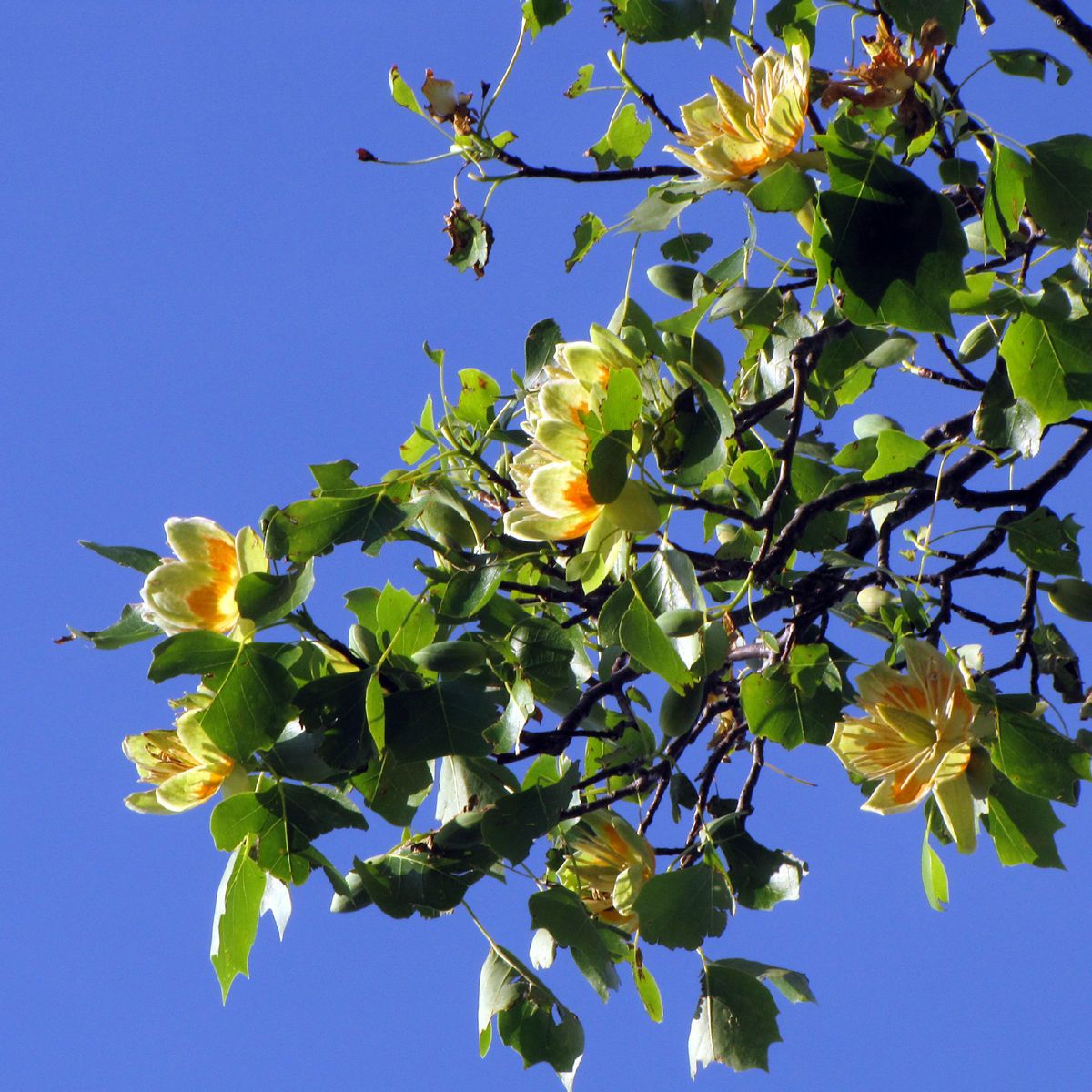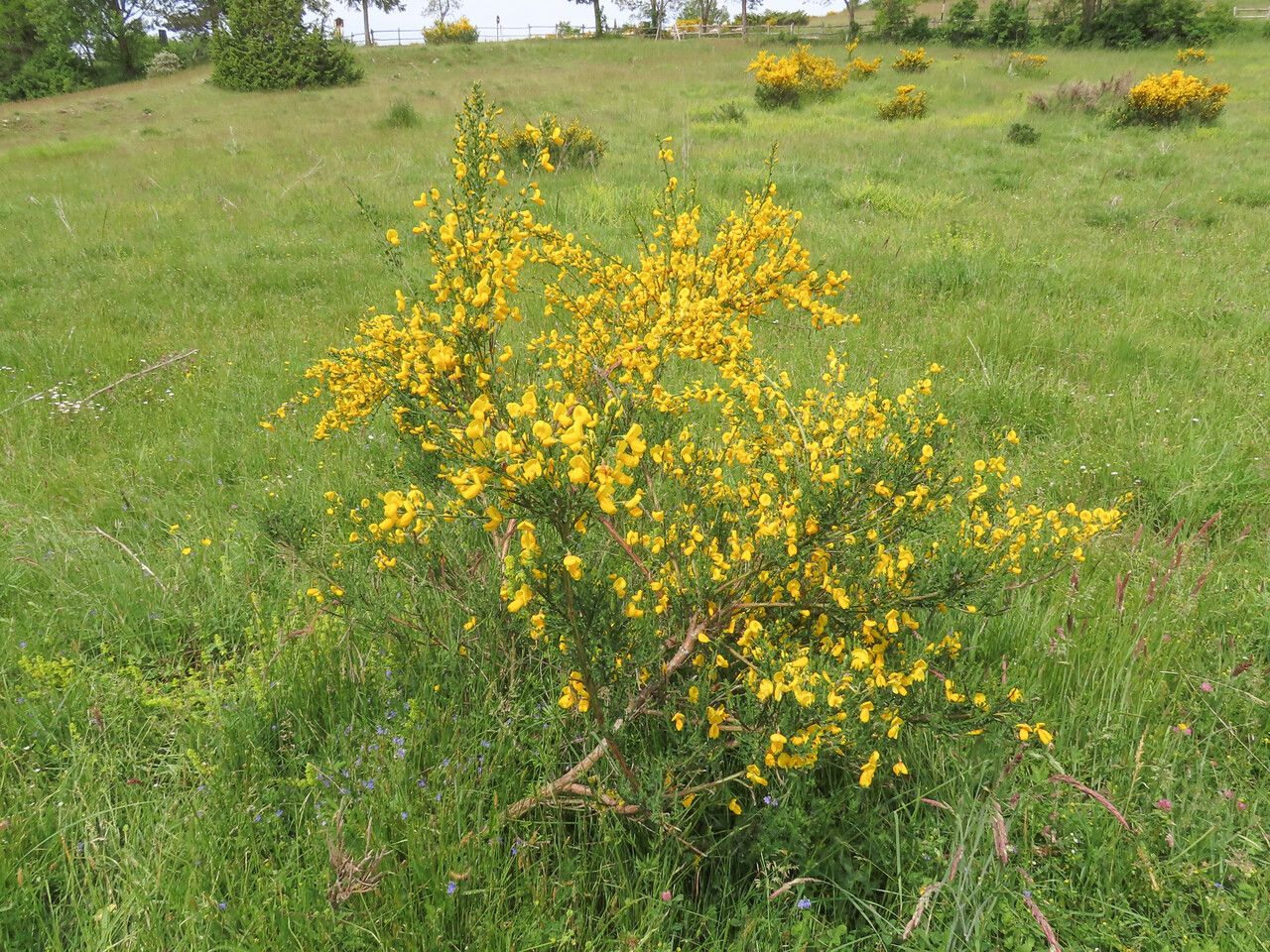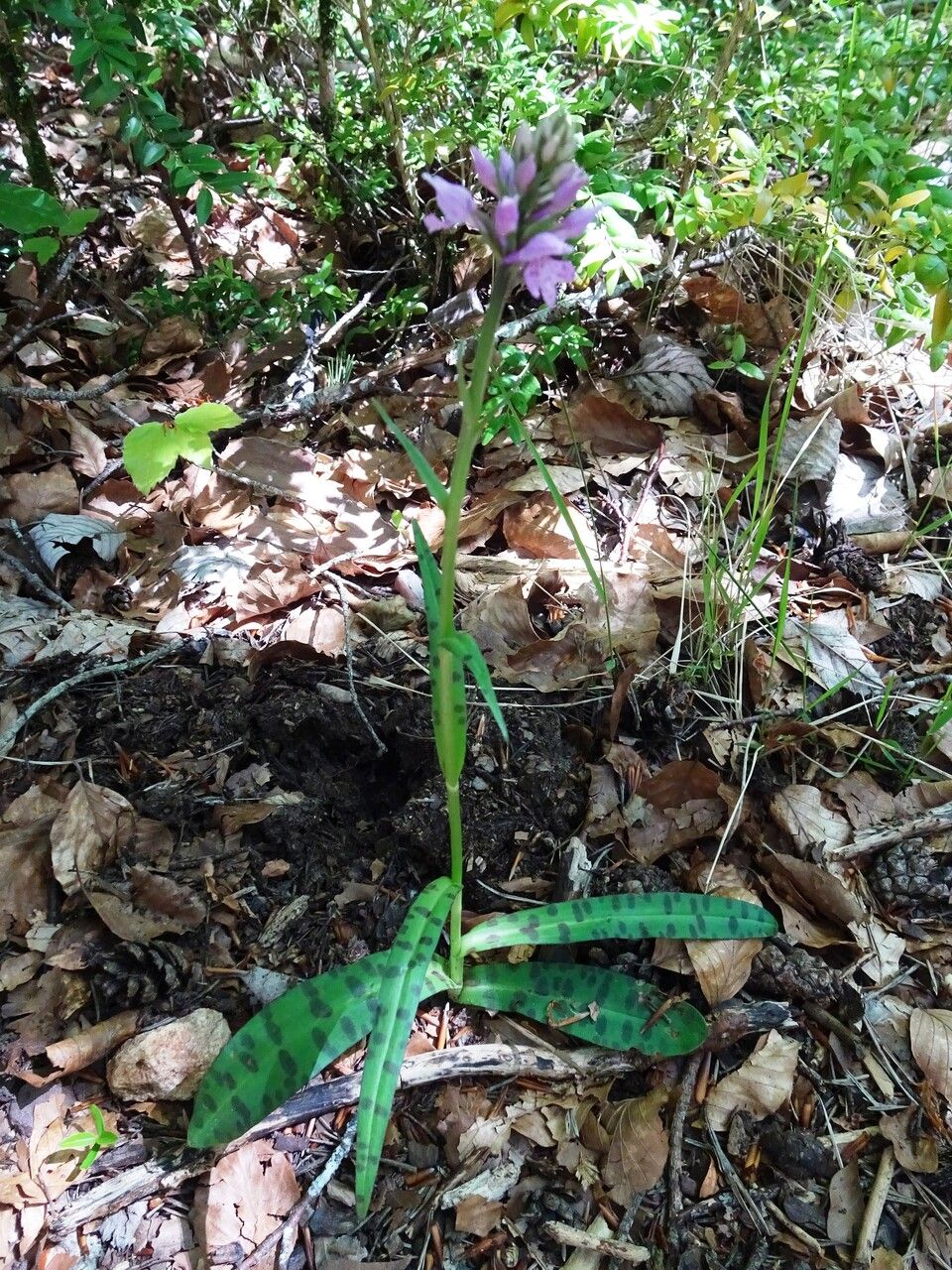## Tulip Poplar: A Majestic Shade Tree
The Tulip Poplar, *Liriodendron tulipifera*, is a magnificent deciduous tree belonging to the Magnoliaceae family. Known for its striking tulip-shaped flowers and towering height, it's a popular choice for landscaping and provides excellent shade. This guide will delve into the details of planting, caring for, and enjoying this iconic tree.
### Identification and Characteristics
The Tulip Poplar is easily recognized by its unique, tulip-shaped flowers, which are greenish-yellow with orange markings. The leaves are large, four-lobed, and resemble the shape of a tulip itself. This tree can reach impressive heights of 70-90 feet (21-27 meters) tall, and its rapid growth rate is a key attractive feature. The bark is smooth and grayish-green when young, becoming furrowed and darker with age.
### Habitat and Growth
Native to eastern North America, the Tulip Poplar thrives in moist, well-drained soils. It prefers full sun to partial shade and is adaptable to a range of soil types, though it does not tolerate poorly drained or consistently soggy conditions. This tree is remarkably fast-growing, particularly in its younger years, adding several feet in height each year under ideal conditions. Its extensive root system makes it relatively wind-resistant once established.
### Planting and Care
Planting a Tulip Poplar is relatively straightforward. Choose a location with ample sunlight and well-drained soil. Dig a hole twice as wide as the root ball and the same depth. Gently remove the tree from its container, being careful not to damage the roots. Place the tree in the hole, backfill with soil, and water thoroughly. Regular watering, especially during dry spells, is crucial, particularly in the first few years after planting. Fertilizing is generally not necessary, but a balanced slow-release fertilizer can be applied in spring if the tree shows signs of poor growth.
### Pruning and Maintenance
Minimal pruning is usually required. Remove any dead, damaged, or diseased branches in late winter or early spring before new growth begins. Avoid excessive pruning, as this can damage the tree's natural form. The Tulip Poplar is relatively disease-resistant, but occasionally it can be affected by pests like aphids or borers. If pest infestation occurs, consult with a local arborist or gardening expert for appropriate treatment options.
### Tulip Poplar in Landscaping
The Tulip Poplar's size and beauty make it a stunning addition to large gardens or park-like settings. Its shade provides a cool refuge on hot summer days. Its rapid growth makes it a great choice for those seeking quick results in establishing a mature tree in their landscape. However, it's essential to consider its mature size before planting, ensuring ample space for its extensive root system and canopy to develop fully.
### Conclusion
The majestic Tulip Poplar is a truly impressive tree, offering beauty, shade, and a touch of nature's grandeur. With proper planting and care, this fast-growing, relatively low-maintenance tree will reward you with years of enjoyment and add remarkable character to your landscape.
Tulip Poplar: Planting, Care & Growing Guide

Frequently Asked Questions
How fast does a tulip poplar tree grow?
Tulip poplars are known for their rapid growth, particularly in their younger years. They can add several feet in height annually under ideal conditions.
What kind of soil does a tulip poplar tree need?
Tulip poplars prefer moist, well-drained soil. While adaptable to various soil types, they do not tolerate poorly drained or consistently soggy conditions.


